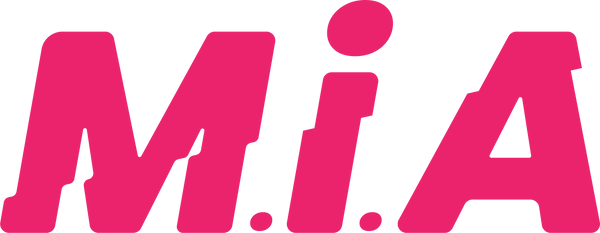How To Price Your Print-On-Demand Product
You’ve got your print-on-demand shop up and running but are struggling with how to price your print-on-demand products? After all, there isn’t a perfect way to price your products, as each situation is different.
In this guide, we will show you a formulaic process that will help you determine prices for your print-on-demand products and build up a growth mindset for the future of your business!
Determine the Base Cost of Your Product
To determine how to price your print-on-demand products, you first need to specify their base price clearly. The base cost is the money amount required to produce one print-on-demand product.
When determining the base cost, your primary goal should be sustainability. Don’t put out lower prices that would cause you to lose money in the long run - find a perfect balance. To find out the ideal base cost for your product, you will need to analyze your expenses.
These expenses are divided to:
- Design costs
- Production costs
- Shipping costs
- Taxes
- E-commerce platform fees
In case you outsource design services, you can determine the design cost per product by dividing the design price by the number of designs you plan to sell. That is highly applicable if you plan to release a limited amount of a specific product.
- Your product
- Fulfillment location
- Shipping destination
Determine Your Profit Margin And Add It Up
When you determine the base cost of your print-on-demand product, you can play around a bit with deciding your profit margin. You can adjust it to match your competition or even lower it down so that you can upsell them with the lower pricing strategy. Then, add the profit margin to your base cost to determine the retail price of your product.
When determining your profit margin, consider the overall market. Make sure that your retail price is acceptable for potential customers. After all, you don’t want to price your product 2-3 times higher than the competition and expect to drive huge sales.
Also, don’t go too low with your profit margin. Consider all the work you’ve put in creating and delivering your product. Ideally, you want to set a profit margin that will cover that work and leave you some profit.
Determine The Other Costs
Other than the costs mentioned above, the additional costs may include:
- E-commerce platform subscription
- Hosting and domain price
- Advertising budget
- Internet bill
- Other services
Add these up to your monthly expenses and divide them with your profit margin to determine the number of products you need to sell to break even. If you are at a loss, adjust the product cost or lower your monthly expenses to break even.
Keep in mind that balancing prices is a process, and you will need to restructure it consistently as your business grows. That’s why getting a concrete answer on how to price your print-on-demand products is so challenging.
A Few Pricing Strategies To Help You Out
Before we wrap this guide up, here are a few print-on-demand product pricing strategies to help you out:
- Pricing above the market average. To justify the higher price, go above your competition by adding personalized gifts to your products. It’s a more risky choice.
- Pricing the same as the market. To play it less risky, target the same audience your competition does to cover a large audience.
- Pricing below the market average. You can lose money here in the beginning as you price your products lower than your competition. Still, there is a high possibility to steal away their customers if you provide a quality product.
- Dynamic pricing. Product prices will depend on demand and seasonality, which prompts you to change prices with more frequency. This is a great strategy for seasonal products like hoodies and jackets, for example.
- Discount pricing. To attract more customers, pay attention to holidays and similar events and put out discounts accordingly.
- Penetration pricing. This is a long-term strategy that involves setting below-average prices as you start out and gradually increase prices as your audience increases.
Even though there is no definite answer on how to price your print-on-demand products, you can follow a formulaic approach we have laid out in our guide to find an ideal price in your specific scenario. Good luck with your new business venture!
About Us
We're M.i.A, a growing international print-on-demand service with a huge product range, including items you haven't even thought about.
150+ Product Range
Global Locations
Enterprise Support
On-site Customisation
Check out our Youtube video here to see how simple print on demand is with our Shopify app!

